Home>Articles>Safety Precautions When Working With Power Tools
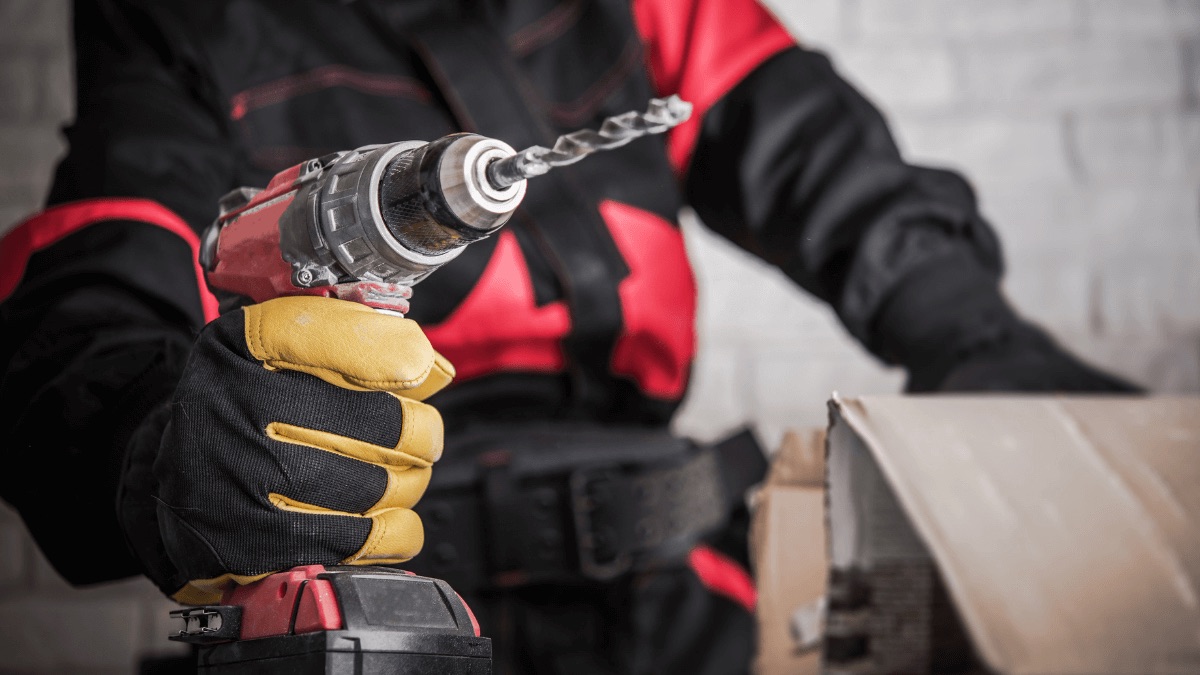

Articles
Safety Precautions When Working With Power Tools
Modified: January 23, 2024
Discover the best articles on working with power tools and improve your skills. Find expert tips, guides, and safety precautions for using power tools effectively.
(Many of the links in this article redirect to a specific reviewed product. Your purchase of these products through affiliate links helps to generate commission for Storables.com, at no extra cost. Learn more)
Introduction
Power tools have become an integral part of various industries, from construction to woodworking, as they greatly enhance productivity and efficiency. However, it is important to remember that power tools can be hazardous if not used properly.
When working with power tools, safety should always be the top priority. Accidents can be avoided by following essential safety precautions, using the right personal protective equipment (PPE), and being knowledgeable about proper handling techniques.
This article aims to provide a comprehensive guide to working with power tools safely. We will discuss the importance of safety, essential safety precautions, personal protective equipment (PPE), proper handling and grip techniques, understanding tool functions, maintaining and inspecting power tools, power source and electrical safety, creating a safe working environment, common power tool hazards, and dealing with accidents and emergencies.
By the end of this article, you will have a better understanding of the crucial safety measures required when working with power tools, enabling you to carry out your tasks in a secure and efficient manner.
Key Takeaways:
- Prioritizing safety when working with power tools is crucial to prevent accidents, injuries, and long-term health issues. Following essential safety precautions and wearing proper PPE greatly reduces the risk of harm.
- Understanding power tool functions, maintaining and inspecting tools, and creating a safe working environment are essential for efficient and secure operations. Being prepared to handle accidents and emergencies is crucial for ensuring the safety and well-being of everyone involved.
Importance of Safety
When working with power tools, safety should always be a primary concern. The use of power tools presents certain risks that can result in severe injuries or even fatalities if proper safety measures are not followed. Let’s explore the importance of safety when working with power tools.
1. Preventing Accidents: Power tools can be extremely dangerous if mishandled or used improperly. By following safety guidelines, you can significantly reduce the risk of accidents. This not only protects you but also those around you, creating a safer working environment for everyone.
2. Avoiding Injuries: Power tools have sharp blades, fast-moving parts, and high levels of vibrations and noise. Failure to use them correctly can result in cuts, burns, electrocution, hearing loss, and other injuries. By practicing safety precautions, you can minimize these risks and protect yourself from harm.
3. Enhancing Efficiency: Safety measures are not just about preventing accidents; they also contribute to increased productivity. When you are mindful of safety, you can work with confidence and focus, making fewer mistakes and completing tasks more efficiently.
4. Promoting Long-Term Health: Power tools can put a strain on your body, leading to repetitive strain injuries (RSIs) and other health issues over time. By using proper techniques and ergonomic practices, you can minimize the risk of these conditions and ensure the longevity of your physical health.
5. Compliance with Regulations: Many industries have specific safety regulations and standards that must be followed when working with power tools. By adhering to these guidelines, you ensure compliance and avoid penalties or legal consequences.
6. Professional Reputation: By prioritizing safety in your work, you demonstrate professionalism and a commitment to quality. This not only enhances your personal reputation but also contributes to a positive perception of your business or organization.
Remember, accidents can happen in an instant, but their consequences can last a lifetime. It is vital to prioritize safety and take the necessary precautions to protect yourself and those around you when working with power tools.
Essential Safety Precautions
When working with power tools, it is crucial to follow essential safety precautions to minimize the risk of accidents and injuries. By being mindful of these precautions, you can work with confidence and protect yourself and others from potential hazards. Let’s explore some of the key safety precautions to consider:
- Read the Manual: Before using any power tool, read the instruction manual carefully. Familiarize yourself with the tool’s features, functions, and safety guidelines provided by the manufacturer.
- Wear Personal Protective Equipment (PPE): Always wear the appropriate PPE for the job. This includes safety goggles or glasses, ear protection, gloves, a dust mask, and sturdy footwear. PPE helps protect you from flying debris, loud noises, harmful chemicals, and other hazards.
- Maintain a Clean and Organized Work Area: Keep your work area clean and free from clutter. This reduces the risk of tripping or falling and allows for easier maneuvering of the tools. Ensure proper lighting for better visibility.
- Inspect Tools Before Use: Check your power tools for any signs of damage or wear before each use. Look out for frayed cords, loose or damaged parts, and defective switches. Never use a tool that is not in proper working condition.
- Use Tools for Their Intended Purpose: Each power tool is designed for specific tasks. Avoid using a tool for purposes other than what it is intended for, as this can lead to accidents. Do not modify or alter the tools unless authorized by the manufacturer.
- Proper Handling and Grip: Maintain a firm grip on the tool and use both hands when operating it. Avoid loose clothing or jewelry that could get caught in the tool. Secure long hair and tie back loose ends.
- Disconnect Power When Not in Use: When not in use, disconnect the power supply and properly store the tools. This helps prevent accidental starts or unauthorized use.
- Keep Children and Untrained Individuals Away: Power tools should only be operated by trained individuals who understand the risks involved. Keep children and unqualified individuals away from the work area to avoid accidents.
- Use Extension Cords Properly: If an extension cord is necessary, ensure it is the correct gauge and length for the tool. Do not overload the cords or use damaged cords. Keep them away from water and obstacles to prevent tripping hazards.
- Follow Safe Start-Up Procedures: When starting a power tool, make sure the tool is placed on a stable surface. Avoid touching the blade or moving parts until the tool has come to a complete stop. Use the appropriate switch or trigger for starting and stopping.
By following these essential safety precautions, you can minimize the risks associated with working with power tools and ensure a safe working environment for yourself and others.
Personal Protective Equipment (PPE)
Personal Protective Equipment (PPE) plays a vital role in ensuring the safety of individuals working with power tools. PPE is designed to protect against potential hazards and minimize the risk of injuries. Here are some essential types of PPE to consider when working with power tools:
- Safety Glasses or Goggles: Eye protection is crucial when working with power tools, as it helps prevent eye injuries from flying debris, dust, or chemical splashes. Choose safety glasses or goggles that are impact-resistant and provide a snug fit.
- Ear Protection: Power tools can produce high levels of noise, which can lead to hearing loss over time. Use earplugs or earmuffs to protect your ears from excessive noise exposure.
- Gloves: Wear gloves that are appropriate for the task and provide adequate grip and protection. They can protect against cuts, abrasions, and burns. Choose gloves made from materials such as leather or cut-resistant fibers.
- Respiratory Protection: When working in environments with dust, fumes, or chemicals, use respiratory protection such as a dust mask or respirator to prevent inhalation of harmful substances.
- Protective Clothing: Wear clothing that covers your body and protects against cuts, abrasions, and sparks. Avoid loose clothing that could get entangled in moving parts of the power tools.
- Foot Protection: Sturdy work boots with non-slip soles provide protection against falling objects, punctures, and electrical hazards. Ensure they fit properly and offer ankle support.
- Head Protection: In certain work environments, such as construction sites, hard hats are essential to protect against falling objects or head injuries. Ensure the hard hat fits securely and is ANSI-approved.
- Fall Protection: When working at heights or on elevated surfaces, use fall protection equipment like safety harnesses, lanyards, or guardrails to prevent falls and minimize the risk of serious injuries.
It is important to select the right PPE for each task and ensure that it fits properly and is in good condition. Regularly inspect and replace any damaged or worn-out PPE to ensure maximum protection. Proper training on the correct use and maintenance of PPE is also crucial for the safety of those working with power tools.
Remember, personal protective equipment serves as the last line of defense against potential hazards. Always wear the appropriate PPE and encourage others to do the same to mitigate the risks associated with working with power tools.
Proper Handling and Grip Techniques
Proper handling and grip techniques are essential when working with power tools. By using the correct techniques, you can maintain control over the tool, reduce the risk of accidents, and ensure efficient and accurate work. Let’s explore some important handling and grip techniques to consider:
- Firm Grip: Always maintain a firm grip on the power tool, using both hands whenever possible. This provides greater control and stability, reducing the chances of the tool slipping or being accidentally dropped.
- Correct Hand Placement: Position your hands on the tool according to the manufacturer’s instructions. Ensure your fingers and thumbs are away from any moving parts or blades. Place your hands in a comfortable and balanced position that allows you to operate the tool effectively.
- Stance and Body Position: Stand with a wide, stable stance to maintain balance while using power tools. Distribute your weight evenly and position yourself in a way that allows for easy movement and control of the tool. Avoid overreaching or working from unstable positions where you could lose balance.
- Avoid Overexertion: Let the power tool do the work. Do not force the tool or apply excessive pressure, as this can result in loss of control and potential accidents. Use smooth and controlled movements, allowing the tool’s power and design to do the job effectively.
- Avoid Distractions: Concentrate on the task at hand and eliminate distractions in your work area. Keep your focus on the power tool and the work being performed. Distractions can lead to errors or accidents.
- Keep Cutting Tools Sharp: Sharp blades and bits offer better cutting performance and reduce the risk of kickback. Always work with properly sharpened cutting tools, as dull blades can cause the tool to bind or slip, increasing the chances of accidents.
- Secure Workpiece: Ensure the workpiece is properly secured before starting any cutting or shaping tasks. This prevents it from moving or slipping, reducing the risk of accidents and improving the accuracy of your work.
- Use Support and Jigs: When working with larger or heavier materials, use supports, fixtures, or jigs to stabilize the workpiece. This helps maintain control over the tool and reduces the risk of injury due to unstable workpieces.
- Switch Off and Disconnect: When not in use, always switch off and disconnect the power tool from the electrical supply. This prevents accidental starts or unauthorized use, promoting safety in the work environment.
Remember to follow the specific handling and grip techniques recommended by the manufacturer for each power tool. Proper technique and grip ensure that you have control over the tool, reduce the chances of accidents, and allow for more precise and efficient work.
Understanding the Tools and Their Functions
When working with power tools, it is essential to have a good understanding of the tools themselves and their specific functions. This knowledge allows you to choose the right tool for the job and use it effectively and safely. Let’s explore some key points to consider when understanding power tools:
- Research and Familiarize: Before using a new power tool, take the time to research and understand its purpose, features, and limitations. Read the manufacturer’s instructions, watch tutorial videos, or consult with experienced professionals to familiarize yourself with the tool.
- Tool Selection: Different power tools are designed for specific tasks. Select the appropriate tool for the job at hand. Using the wrong tool can not only lead to poor results but also pose safety risks.
- Functionality: Understand how each power tool functions, including the different components and controls. Identify the parts responsible for cutting, drilling, grinding, or shaping, and learn how to operate them safely and effectively.
- Proper Blade or Bit Selection: Choose the correct blade or bit for each type of material or task. Different materials require different cutting or drilling accessories to achieve optimal results and prevent damage to the tool or workpiece.
- Power and Speed Settings: Learn how to adjust the power and speed settings of your power tools. Understanding how to control the tool’s power and speed allows you to adapt it to different materials and tasks, ensuring efficiency and precision.
- Safety Features: Familiarize yourself with the safety features integrated into each tool. This includes blade guards, safety switches, depth stops, and other safety mechanisms. Proper understanding and utilization of these features help prevent accidents.
- Tool Maintenance: Regularly inspect and maintain your power tools to ensure they are in good working condition. Clean them after each use, lubricate moving parts, and replace worn-out components as needed. A well-maintained tool performs better and lasts longer.
- Manufacturer’s Instructions: Always follow the manufacturer’s instructions and guidelines for each power tool. They provide valuable information on proper use, maintenance, and safety precautions specific to the tool.
By understanding the tools and their functions, you can work more efficiently and safely. This knowledge enables you to select the right tool for the task, optimize its performance, and reduce the risk of accidents or damage to the tool or workpiece.
Always wear appropriate safety gear, such as goggles and gloves, when using power tools to protect yourself from potential hazards.
Maintaining and Inspecting Power Tools
Maintaining and regularly inspecting power tools is essential to ensure their safe and efficient operation. By properly maintaining your tools, you can extend their lifespan, prevent breakdowns, and minimize the risk of accidents. Let’s explore some important practices for maintaining and inspecting power tools:
- Regular Cleaning: Keep your power tools clean and free from dust, debris, and other contaminants. After each use, wipe them down with a clean cloth and use compressed air to blow out any residue that may have accumulated in hard-to-reach areas.
- Lubrication: Apply lubrication to the moving parts of your power tools as recommended by the manufacturer. This helps reduce friction, ensures smooth operation, and prevents premature wear and tear.
- Replace Worn Parts: Regularly check your power tools for any signs of wear, such as frayed cords, damaged switches, or dull blades. Replace or repair any worn parts promptly to maintain the tool’s performance and safety.
- Inspect Electrical Cords: Examine the power cords of your tools for any damage or exposed wiring. Damaged cords pose a significant electrical hazard and should be replaced immediately to avoid the risk of electric shock.
- Test Safety Features: Check the functionality of the safety features on your power tools. Ensure that blade guards, safety switches, and other protective mechanisms are working correctly. Report any issues to the manufacturer or get them repaired by a qualified technician.
- Check Alignment and Calibration: Periodically check the alignment and calibration of your power tools, especially those with adjustable settings. Misalignment can affect the tool’s performance and accuracy. Consult the tool’s manual or seek professional assistance for proper calibration if needed.
- Store Properly: When not in use, store your power tools in a cool and dry place. Consider using protective cases or cabinets to prevent dust accumulation and protect them from impact or accidental damage.
- Follow Maintenance Schedule: Many power tools have recommended maintenance schedules provided by the manufacturer. Follow these guidelines to ensure your tools receive regular servicing, such as motor tune-ups or blade sharpening, to keep them in top condition.
- Training and Education: Stay updated on the maintenance requirements and best practices for your specific power tools. Attend training sessions, read user manuals, and seek insights from experienced professionals to ensure you have the necessary knowledge to maintain and inspect your tools properly.
By maintaining and inspecting your power tools regularly, you can identify any potential issues early on and take appropriate action. This not only increases the lifespan of your tools but also promotes safety in the workplace and helps you achieve optimal performance with every use.
Power Source and Electrical Safety
Power tools are powered by electricity, and it is crucial to prioritize electrical safety when working with them. Mishandling electrical connections or using tools near electrical sources can result in severe injuries or even fatalities. Here are some key guidelines to ensure power source and electrical safety:
- Inspect Power Cords: Before using a power tool, carefully examine the power cord for any signs of damage, such as frayed wires or exposed conductors. Do not use tools with damaged cords, as they pose a significant risk of electric shock.
- Use Ground Fault Circuit Interrupters (GFCIs): When working with electrical tools in damp or wet areas, plug them into GFCI outlets. GFCIs are designed to protect against electrical shocks by shutting off the power when a fault is detected.
- Avoid Overloading Circuits: Do not overload electrical circuits by plugging too many tools into one outlet or using extension cords beyond their capacity. This can lead to overheating and potential electrical hazards.
- Use Grounded Tools: Ensure that your power tools have a three-pronged plug and are grounded. This offers protection against electrical shocks. Never remove the grounding prong or use adapters to bypass grounding.
- Avoid Using Tools Near Water: Keep power tools away from water or wet surfaces. Water is a conductor of electricity and greatly increases the risk of electric shock. Use tools specifically designed for wet environments when necessary.
- Disconnect Tools Before Servicing: Always disconnect power tools from the power source before performing any maintenance or servicing. This eliminates the risk of accidental starts and protects you from electrical hazards.
- Handle Plugs and Cords Safely: When plugging or unplugging tools, grasp the plug instead of pulling on the cord. Pulling on the cord can damage the wires and increase the risk of electric shock.
- Proper Extension Cord Use: Choose the right extension cord for the power tool you are using. Ensure that the cord is rated for the tool’s power demands and length requirements. Use only extension cords marked for outdoor use when working outdoors.
- Avoid Cord Damage: Prevent cord damage by avoiding sharp objects, heavy weights, or excessive bending. Damaged cords can expose wires, leading to electrical hazards. If a cord is damaged, immediately replace it or have it repaired by a qualified professional.
- Unplug Tools When Not in Use: When power tools are not in use, unplug them from the power source. This not only saves energy but also reduces the risk of accidental starts or unauthorized use.
Following these guidelines for power source and electrical safety will minimize the risk of electrical accidents and ensure a safe working environment. It is essential to be aware of potential electrical hazards and take proactive measures to protect yourself and others when working with power tools.
Creating a Safe Working Environment
When working with power tools, creating a safe working environment is crucial to minimize the risk of accidents and injuries. A well-organized and hazard-free workspace promotes efficient and secure operations. Here are some key considerations for creating a safe working environment:
- Clear the Workspace: Keep your work area clean and free from clutter. Remove any unnecessary items, debris, or obstacles that can pose tripping hazards or interfere with your movements.
- Provide Sufficient Lighting: Ensure that your work area is adequately illuminated. Good lighting improves visibility, allowing you to see the tool, workpiece, and potential hazards more clearly.
- Proper Ventilation: If working with power tools that generate fumes or dust, ensure proper ventilation in the workspace. Adequate airflow helps reduce the inhalation of harmful particles and maintains a healthy working environment.
- Secure Workpieces: Use clamps or other secure methods to hold workpieces firmly in place. This prevents them from moving or shifting during use, reducing the risk of accidents caused by unstable workpieces.
- Establish Safety Zones: Clearly define safety zones or restricted areas where unauthorized personnel are not allowed. This helps minimize the risk of accidents and prevents interference during critical operations.
- Post Warning Signs: Display appropriate warning signs throughout the workspace to alert others to potential hazards. This includes signs indicating high noise levels, electrical hazards, or areas where eye protection is required.
- Develop Emergency Procedures: Have a well-defined emergency plan in place, including procedures for accidents, fires, or other unforeseen events. Ensure that all workers are aware of the emergency procedures and know the location of emergency exits, fire extinguishers, and first aid kits.
- Provide Training and Education: Train all personnel on the safe operation of power tools and the importance of following safety protocols. Regularly update their knowledge of safety guidelines and provide refresher courses to reinforce best practices.
- Encourage Communication: Foster an environment where workers feel comfortable reporting hazards, near-miss incidents, or safety concerns. Encourage open communication to address potential risks and implement necessary corrective measures.
- Maintain Equipment: Regularly inspect and maintain all equipment and machinery in the workspace to ensure they are in proper working condition. Keep maintenance records and schedule regular servicing to address any issues promptly.
Creating a safe working environment is a shared responsibility. This requires the commitment and cooperation of all individuals working in the space. By implementing these practices, you can enhance safety, reduce incidents, and create a work environment that promotes productivity and well-being.
Common Power Tool Hazards
Power tools, while efficient and useful, can pose significant hazards if not used correctly. Being aware of common power tool hazards is essential to prevent accidents and injuries. Let’s explore some of the most common hazards associated with power tools:
- Cuts and Abrasions: Sharp blades, rotating parts, and fast-moving bits can cause cuts and abrasions if not handled properly. Contact with the cutting edge or rotating components can result in severe injuries if precautions are not taken.
- Electrical Hazards: Power tools run on electricity, and improper use or faulty wiring can lead to electrical shocks or electrocution. Working in wet conditions or handling tools with damaged cords increases the risk of electrical hazards.
- Strains and Sprains: Power tools can be heavy and require repetitive motions, leading to strains and sprains. Incorrect posture, overexertion, and lack of ergonomic practices can result in musculoskeletal injuries over time.
- Eye Injuries: High-speed particles, flying debris, or sparks generated by power tools can cause eye injuries. Failure to wear appropriate eye protection can result in significant damage to the eyes and potential vision loss.
- Noise-Induced Hearing Loss: Power tools often generate high levels of noise. Prolonged exposure to loud noises without proper ear protection can lead to hearing loss or other hearing-related issues.
- Vibration Hazards: Tools such as sanders, grinders, and impact drivers can produce vibrations that, when consistently exposed to, can lead to conditions like hand-arm vibration syndrome or carpal tunnel syndrome.
- Fire and Explosion Risks: Certain power tools, such as those fueled by flammable substances or used in combustible environments, pose fire and explosion risks if not handled properly.
- Kickback: Kickback occurs when a power tool, such as a saw or grinder, encounters resistance and jerks back towards the operator. This sudden backward motion can result in loss of control and potential injuries.
- Falling Objects: Power tools used at heights or on elevated surfaces can lead to falling objects if not properly secured. Falling tools or workpieces can cause serious injuries to the operator or those working below.
- Improper Tool Use: Using power tools for tasks they are not designed for or modifying them incorrectly can lead to accidents and injuries. It is crucial to follow tool-specific instructions and use the appropriate equipment for each job.
To mitigate these hazards, it is crucial to follow safety guidelines, wear the necessary personal protective equipment, receive proper training on tool usage, and maintain a vigilant mindset when working with power tools. By being aware of these hazards and taking the necessary precautions, you can work safely and minimize the risk of accidents and injuries.
Dealing with Accidents and Emergencies
Despite taking all necessary precautions, accidents can still occur when working with power tools. Being prepared to handle accidents and emergencies is crucial to ensure the safety and well-being of everyone involved. Here are some important steps to follow when dealing with accidents and emergencies:
- Assess the Situation: Stay calm and assess the severity of the accident. Determine if immediate medical attention is required or if the situation can be addressed on-site.
- Ensure Personal Safety: Prioritize your own safety and move to a safe location away from any ongoing hazards. If necessary, turn off the power source or disconnect the tool to prevent further injuries.
- Call for Help: If the accident is severe or requires professional medical assistance, immediately call emergency services for help. Provide clear and concise information about the nature of the accident and the location.
- Administer First Aid: If first aid is needed, provide immediate medical assistance to the injured person to stabilize their condition. This may include applying pressure to stop bleeding, performing CPR, or treating burns.
- Notify Supervisors or Colleagues: Inform supervisors or colleagues about the accident. They can help secure the area, provide additional assistance, or communicate with emergency personnel.
- Preserve the Scene: Preserve the accident scene as much as possible for investigation purposes. Do not move equipment or tools unless necessary, and keep everyone at a safe distance until authorities arrive.
- Document the Incident: Record details of the accident, including the time, date, location, individuals involved, and any witnesses. Take photos if possible. This information may be required for insurance claims or future investigations.
- Report the Accident: Report the incident to relevant authorities within your organization, following the established protocols. This ensures that proper documentation is completed and steps are taken to prevent similar accidents in the future.
- Review and Learn: After the incident, conduct a thorough review of what happened. Identify the root cause of the accident and implement necessary measures to prevent it from reoccurring. Provide additional training or revise safety protocols as needed.
- Support and Communicate: Show support and empathy for the injured party and their colleagues. Communicate with all individuals involved to address concerns, provide updates, and reinforce the commitment to safety.
Remember, prompt and effective response to accidents and emergencies can make a significant difference in preventing further injuries and minimizing the impact of the incident. By being prepared and following these steps, you can take appropriate action and promote a safe working environment for everyone.
Conclusion
Working with power tools can greatly enhance productivity and efficiency, but it comes with inherent risks. Prioritizing safety is crucial to prevent accidents and injuries while using these powerful tools. By following essential safety precautions, wearing appropriate personal protective equipment (PPE), and practicing proper handling techniques, you can significantly reduce the risk of accidents and create a safe working environment.
Understanding the tools and their functions is essential for efficient and safe operation. Take the time to research and familiarize yourself with each tool’s purpose, features, and limitations. Regularly inspect and maintain your power tools to ensure they are in proper working condition. Proper maintenance not only improves tool performance but also ensures the safety of the operator and those nearby.
Power source and electrical safety are of paramount importance when working with power tools. Inspect power cords for any damage, use grounded tools, and avoid overloading circuits. Understanding common power tool hazards, such as cuts and abrasions, electrical hazards, and eye injuries, can help you take necessary precautions to avoid accidents.
In case of accidents or emergencies, it is important to remain calm and take immediate action. Assess the situation, provide first aid when required, and seek professional medical assistance if necessary. Document the incident for future reference and implement preventive measures to avoid similar incidents in the future.
Creating a safe working environment involves keeping the workspace clean, well-lit, and properly ventilated. Establish safety zones, post warning signs, and maintain open communication for reporting hazards or safety concerns. Support ongoing training and education for employees to ensure they are up-to-date with safety practices.
Ultimately, the well-being of individuals working with power tools should always be the top priority. By adhering to safety protocols, being vigilant, and continuously educating ourselves and others, we can ensure a safer work environment and reduce the risk of accidents and injuries. With proper knowledge, skill, and precautionary measures, power tools can be used effectively and safely, maximizing productivity and fostering a culture of safety in the workplace.
Frequently Asked Questions about Safety Precautions When Working With Power Tools
Was this page helpful?
At Storables.com, we guarantee accurate and reliable information. Our content, validated by Expert Board Contributors, is crafted following stringent Editorial Policies. We're committed to providing you with well-researched, expert-backed insights for all your informational needs.
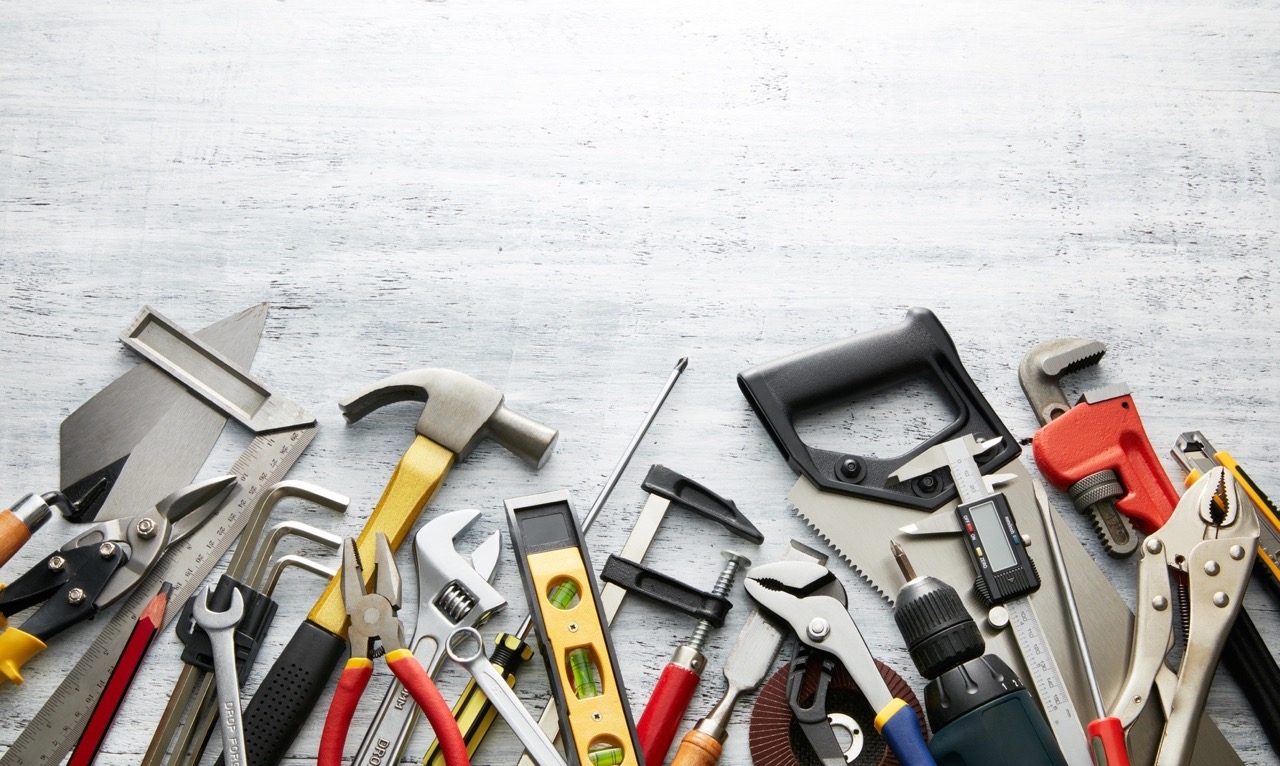
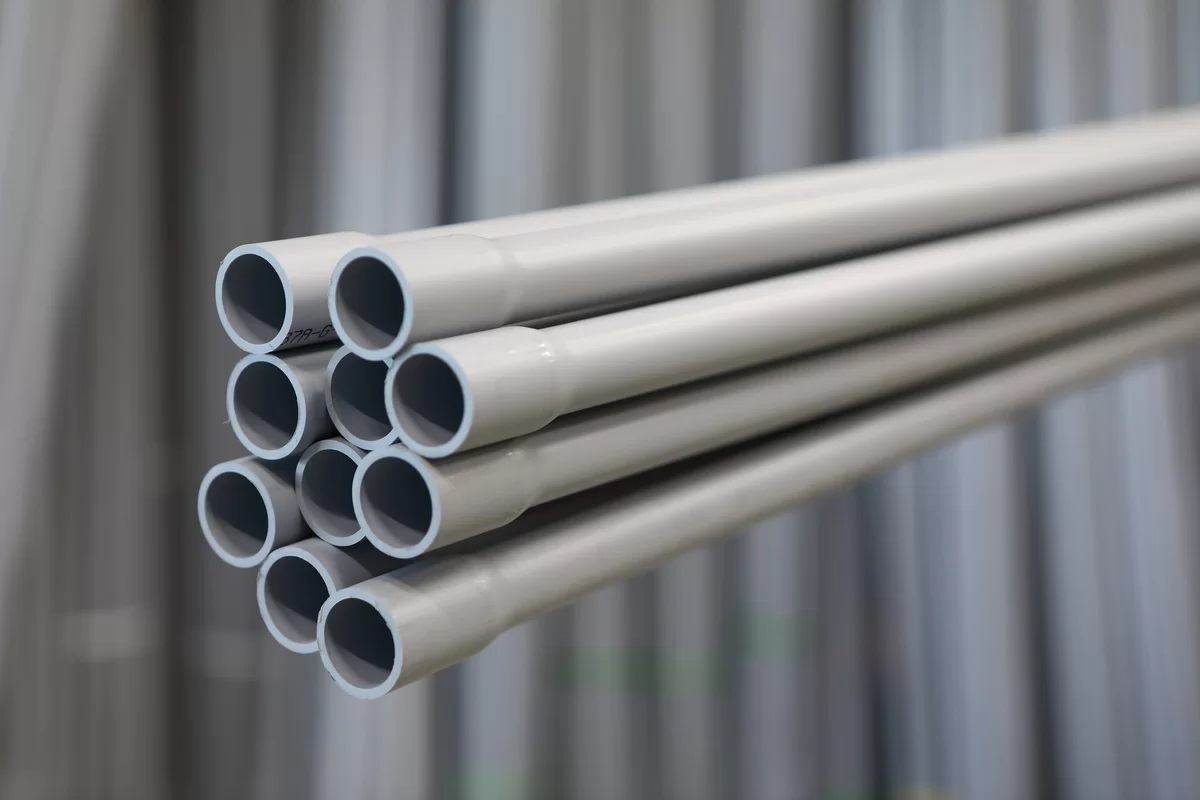
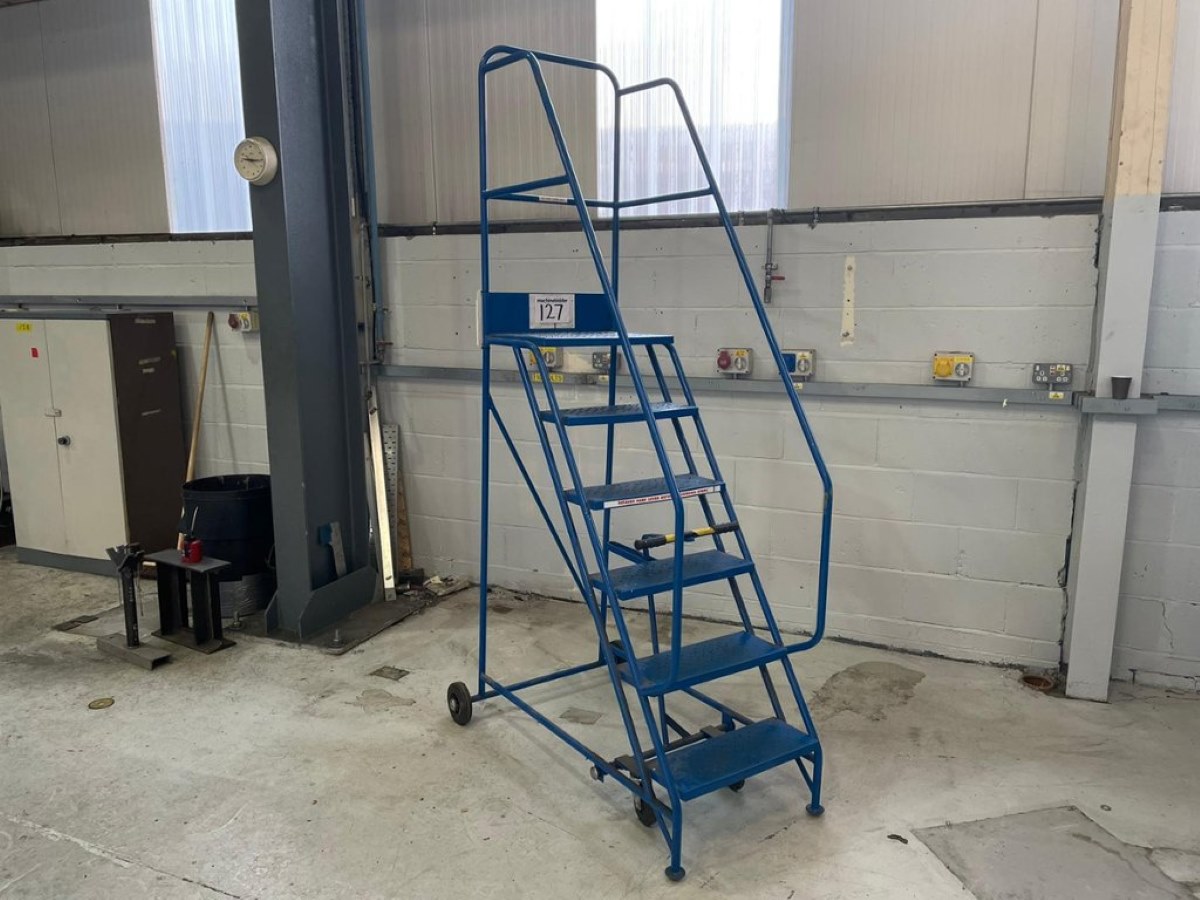
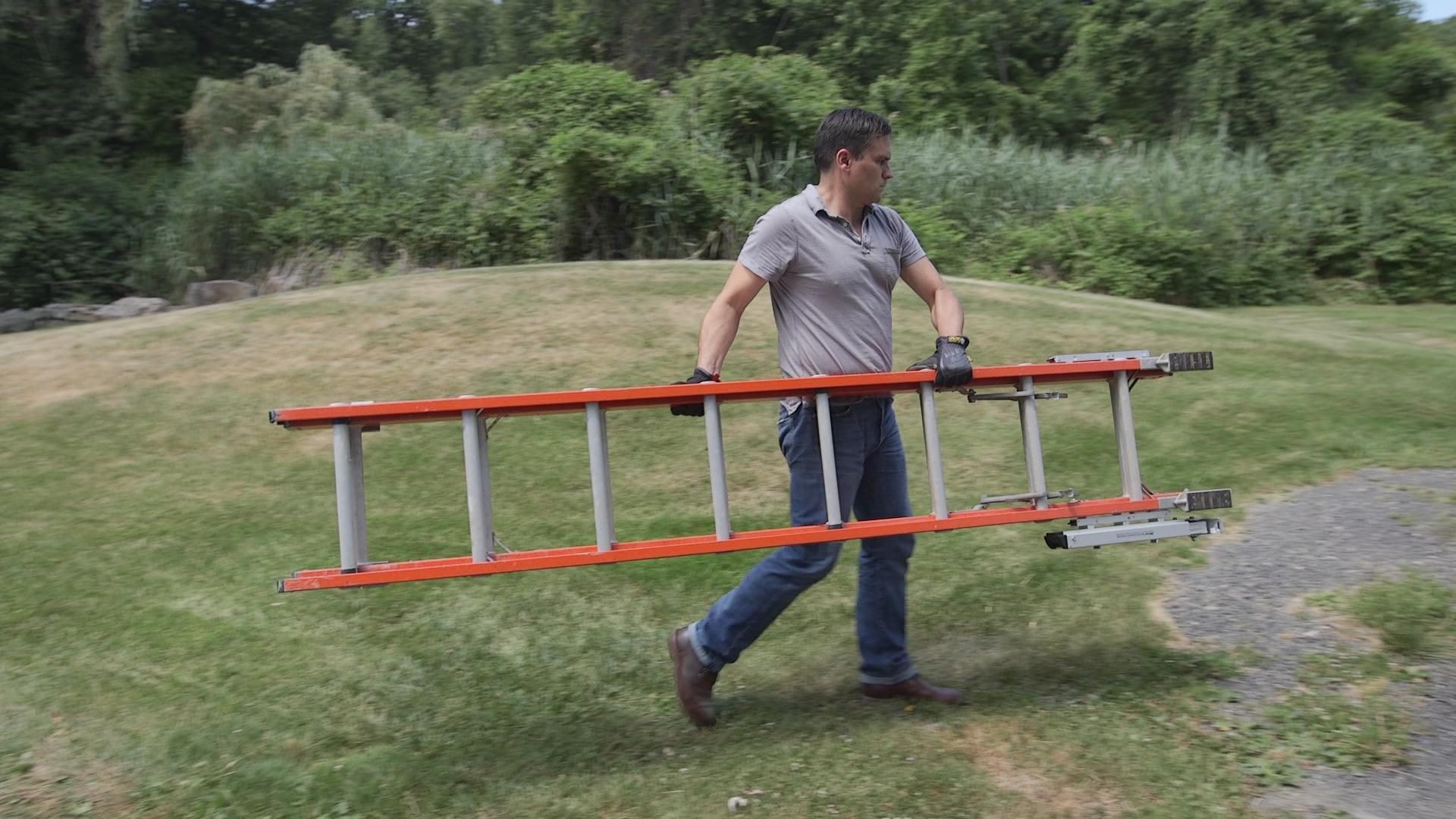
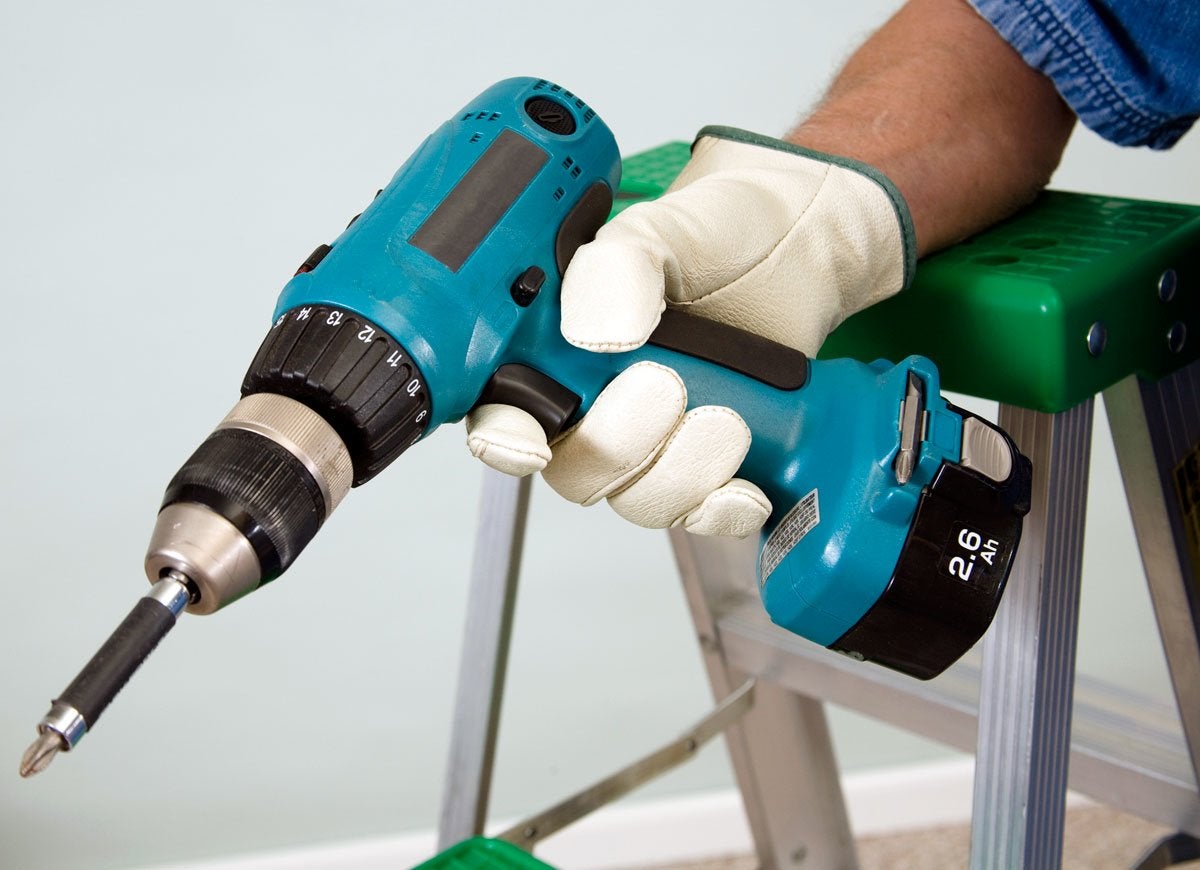
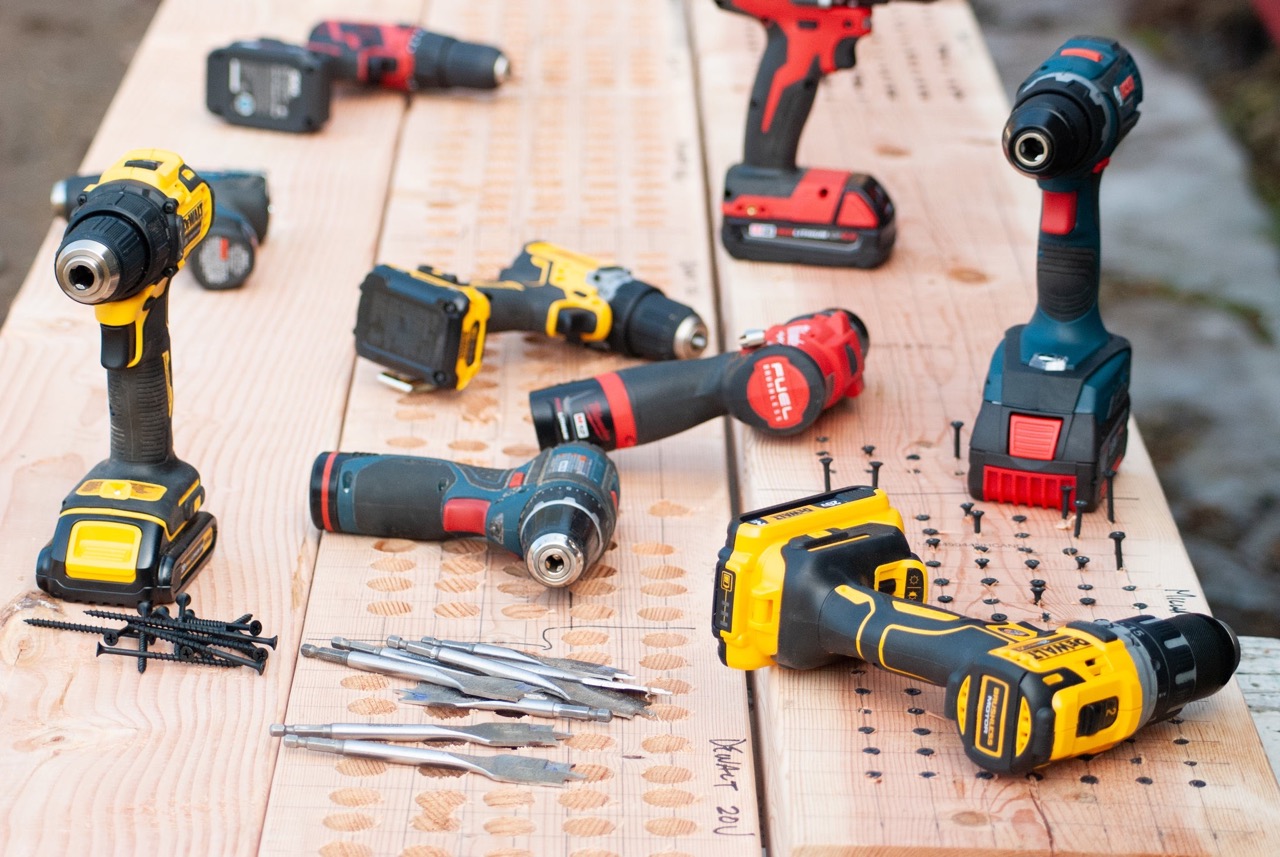
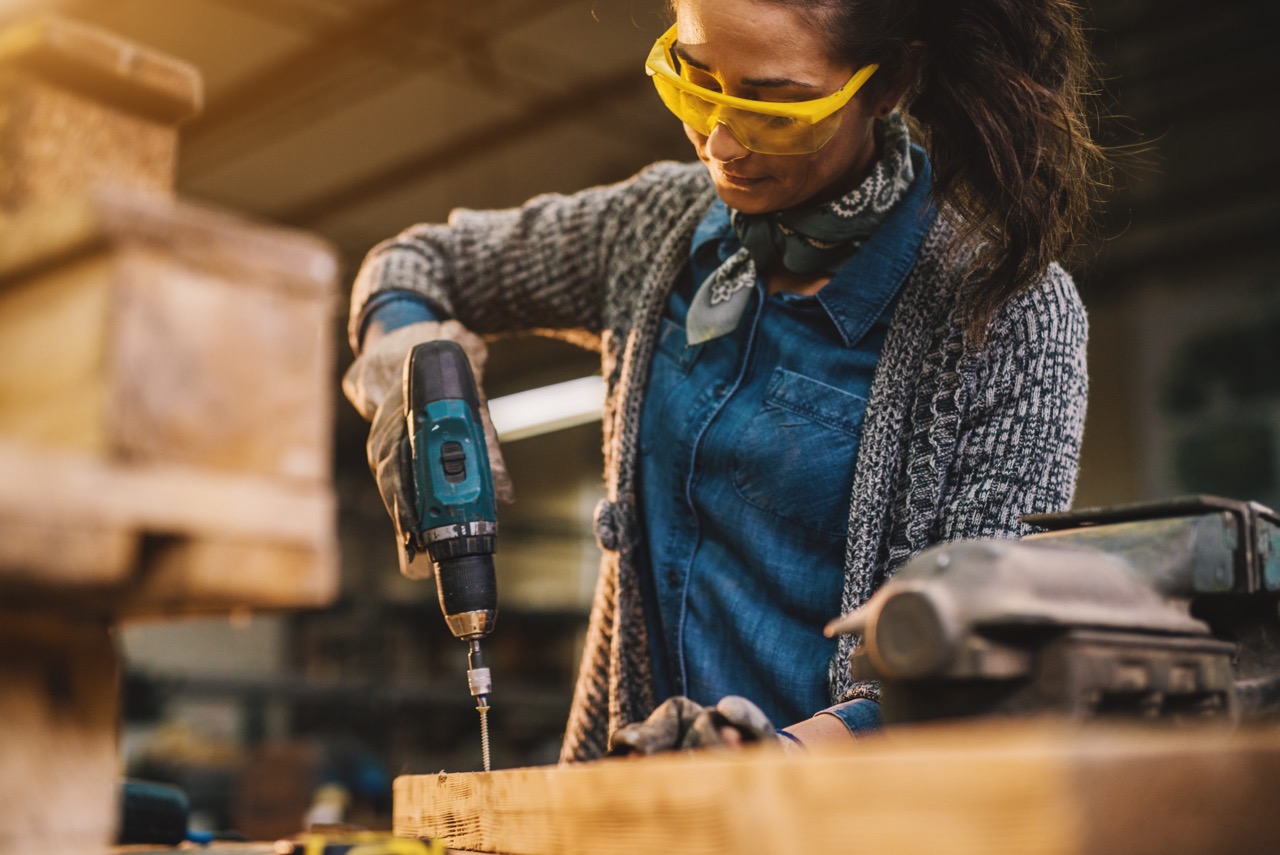

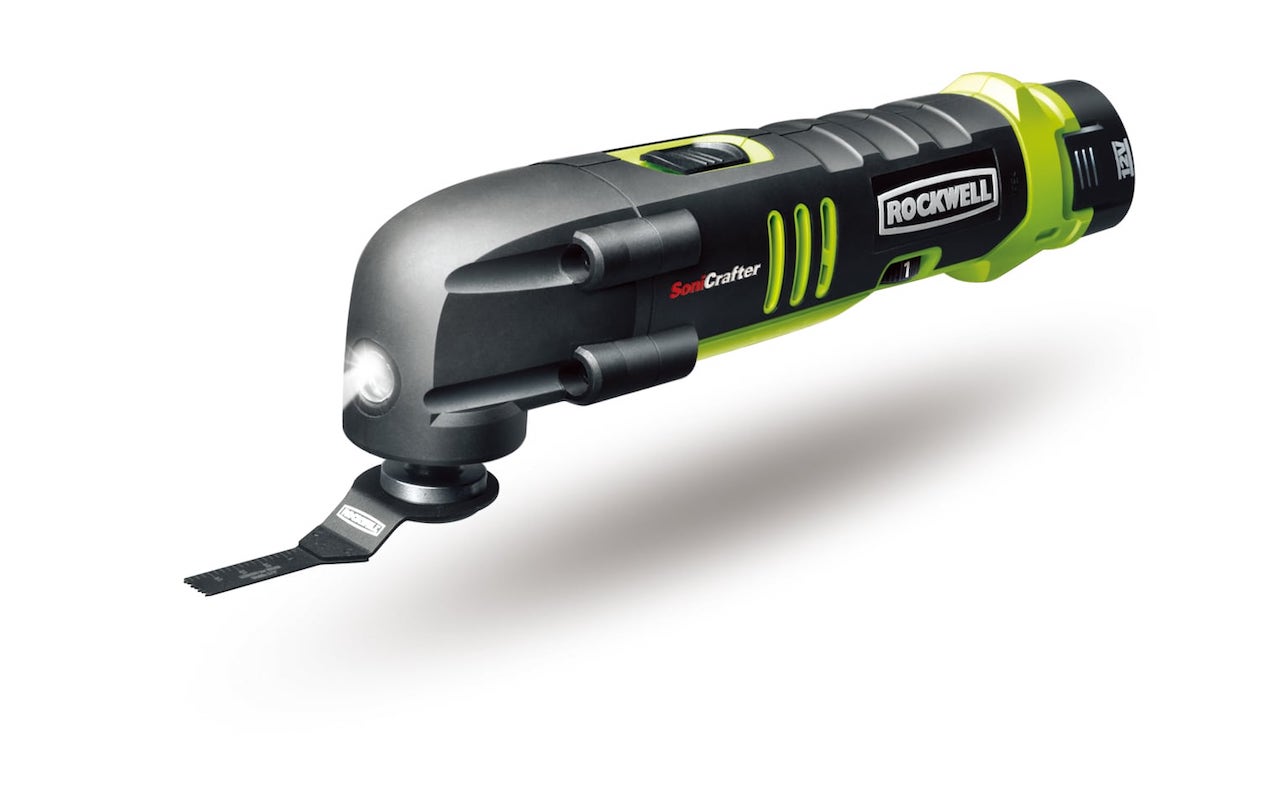
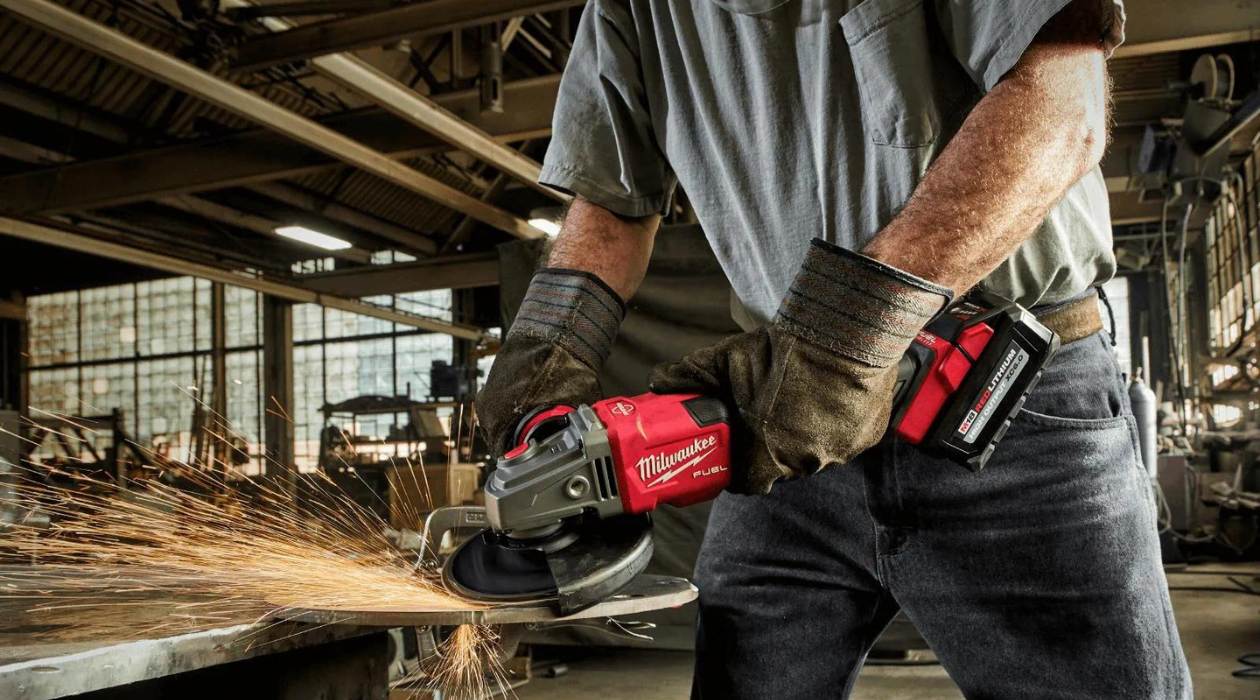
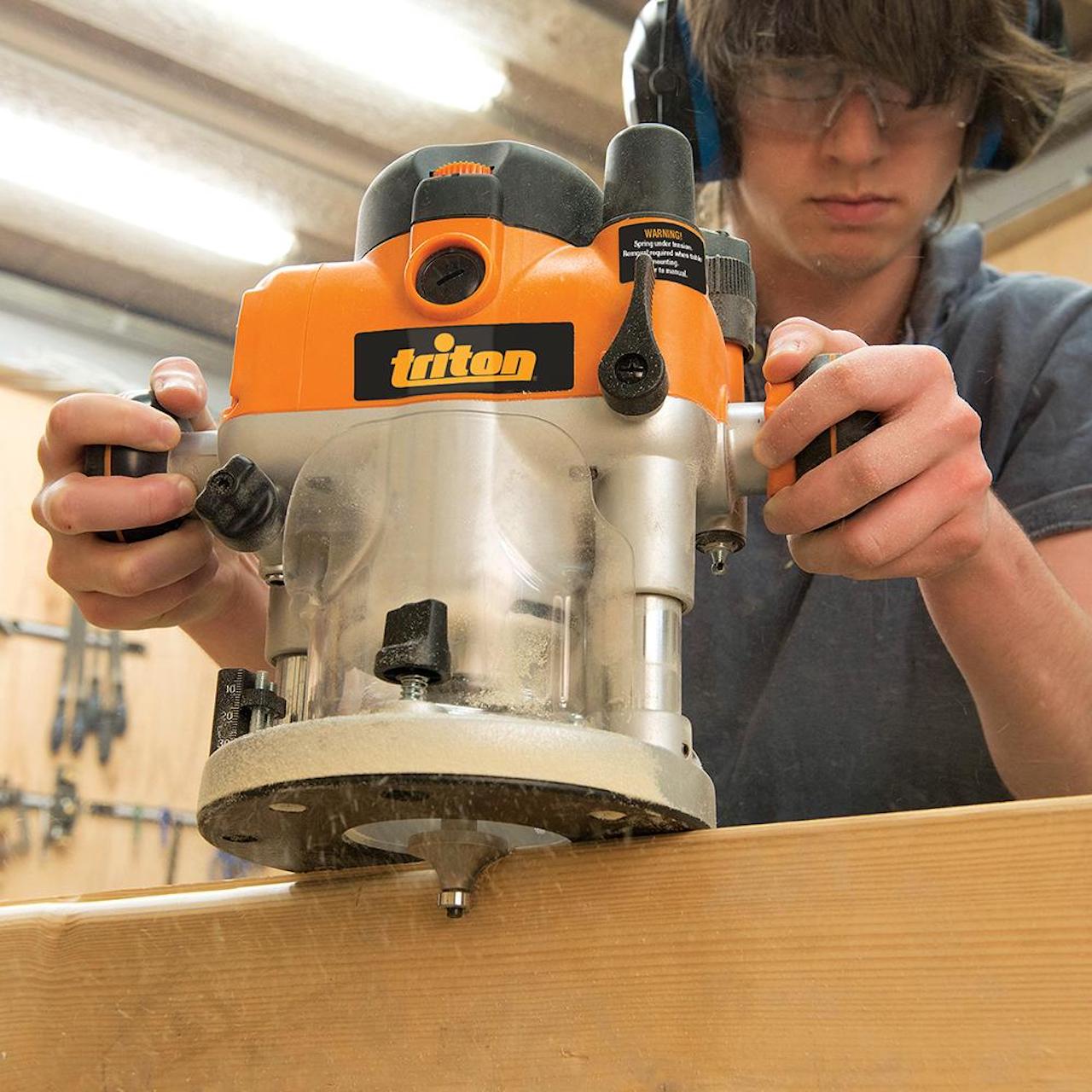
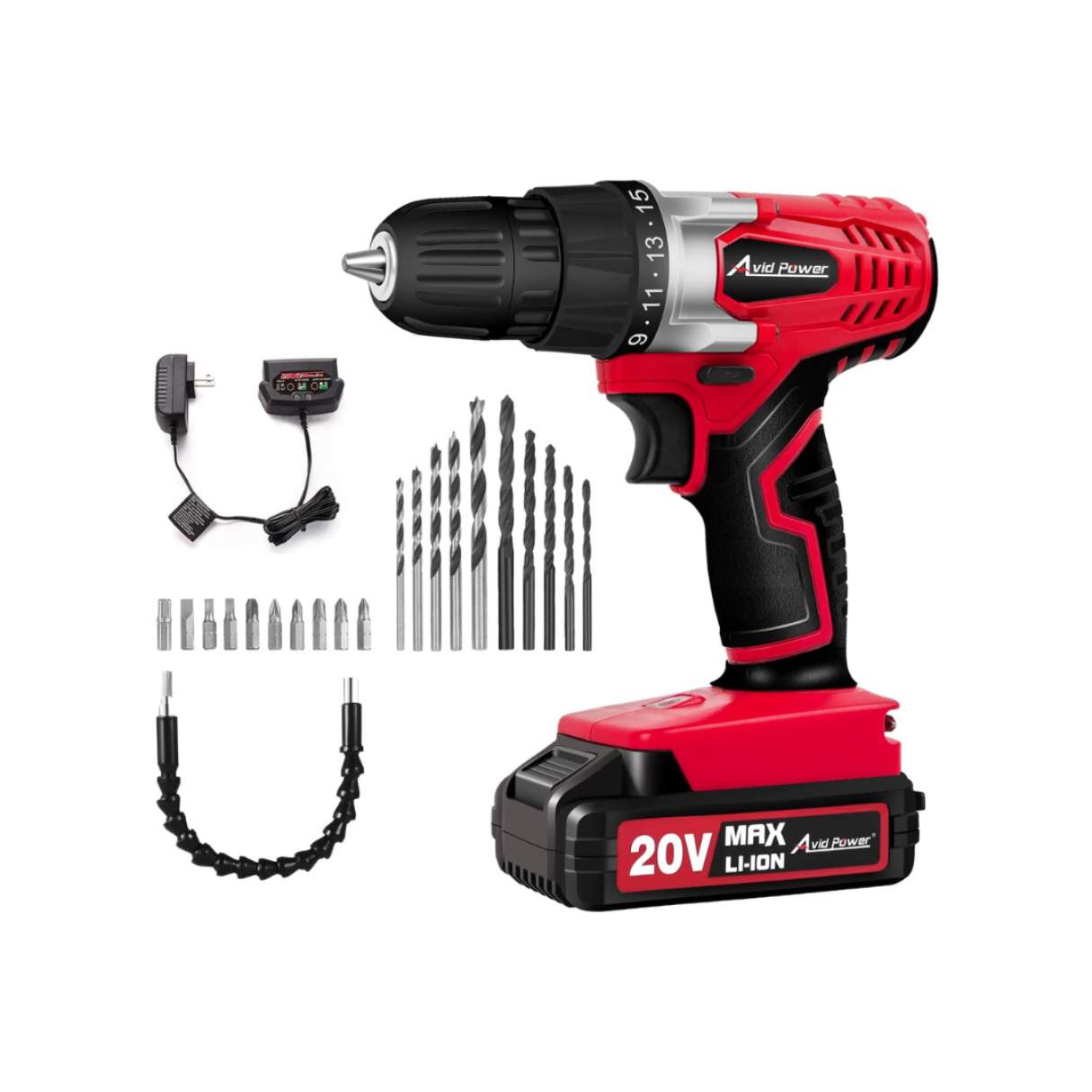
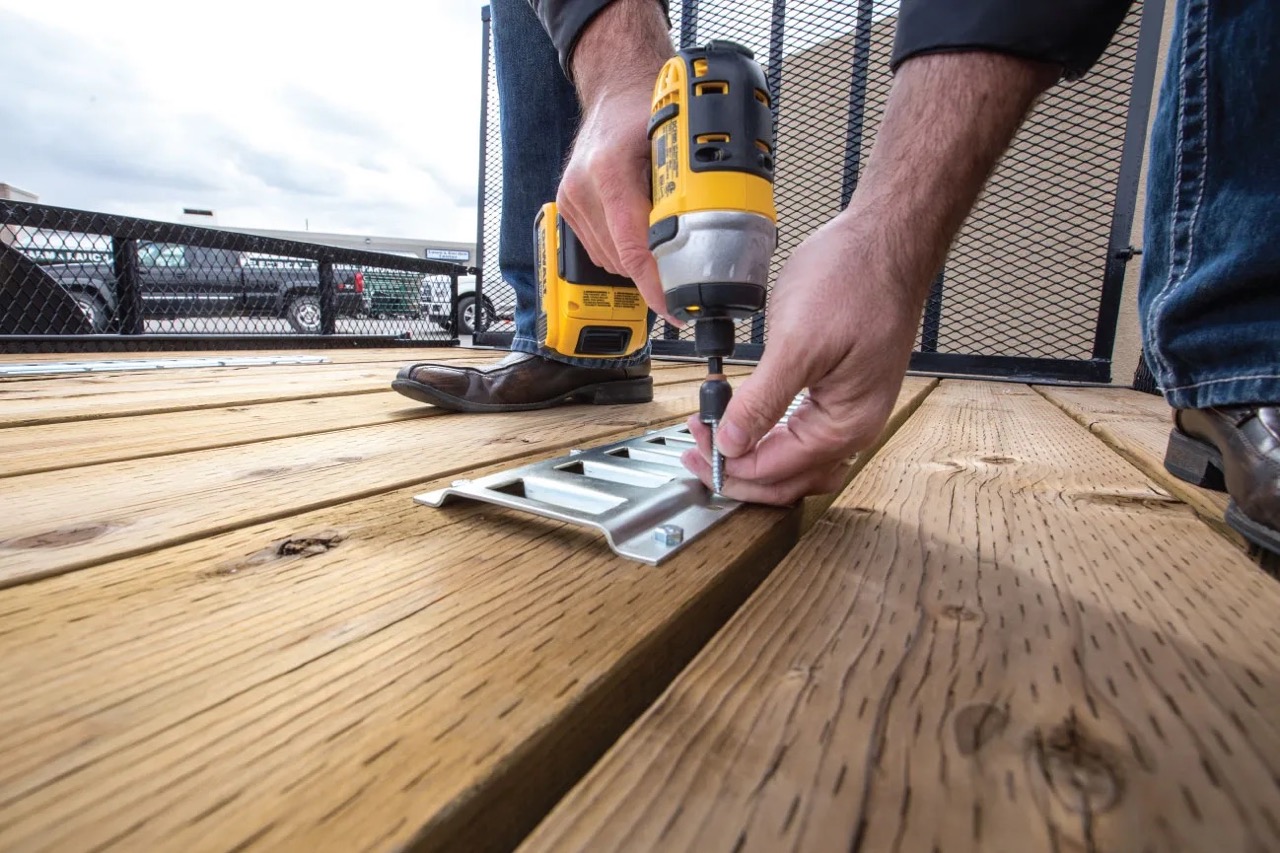

0 thoughts on “Safety Precautions When Working With Power Tools”